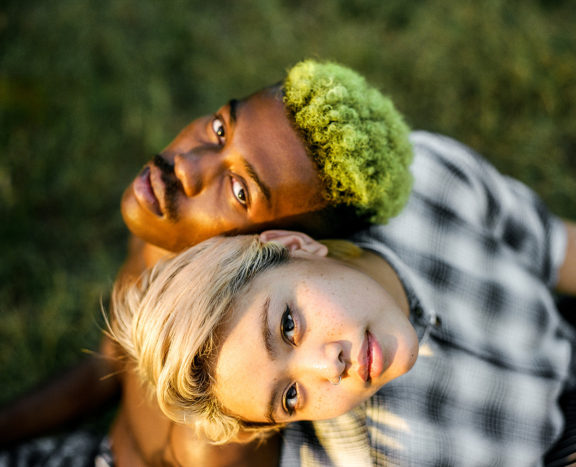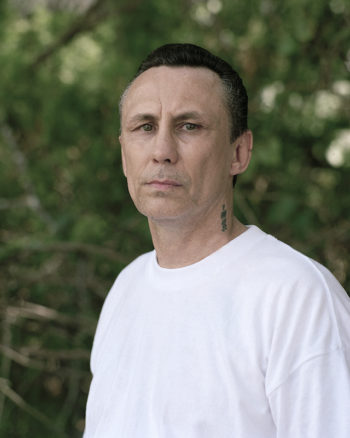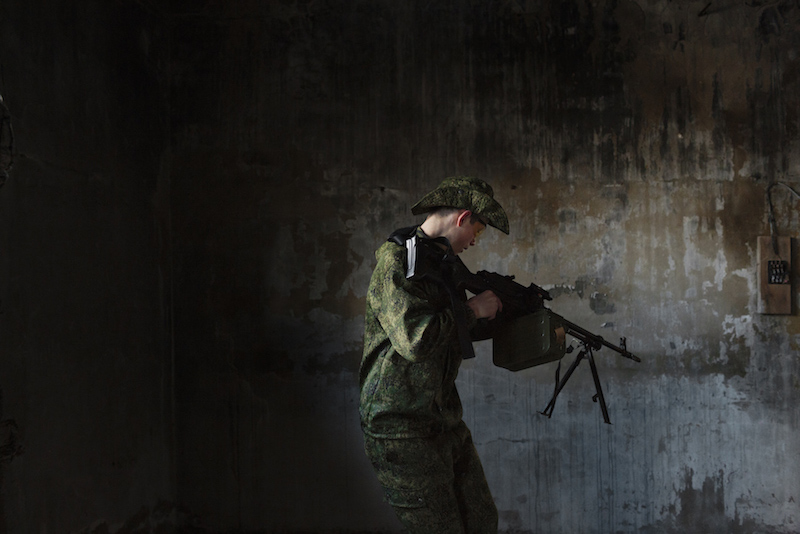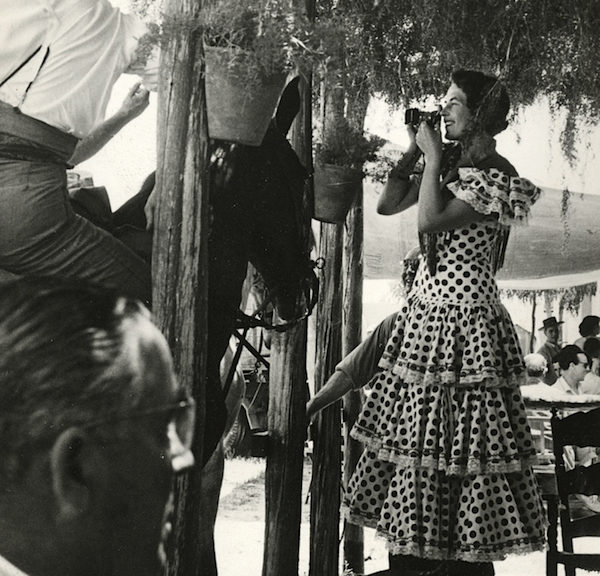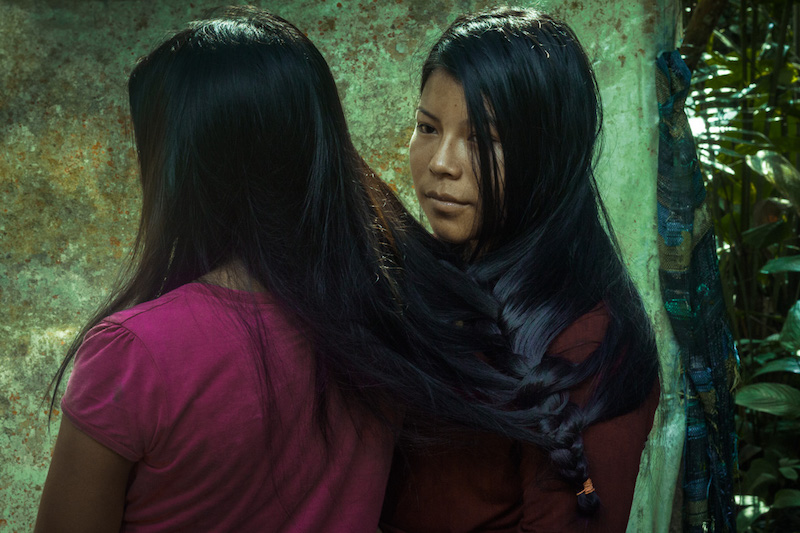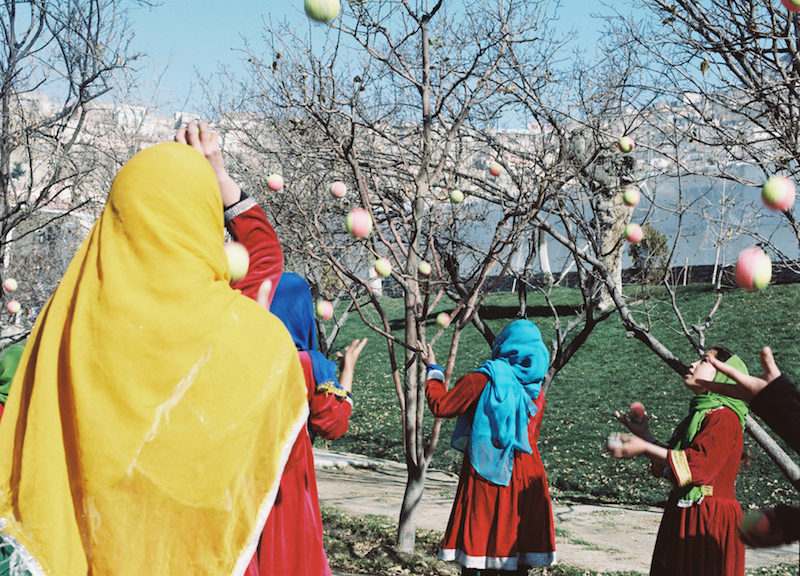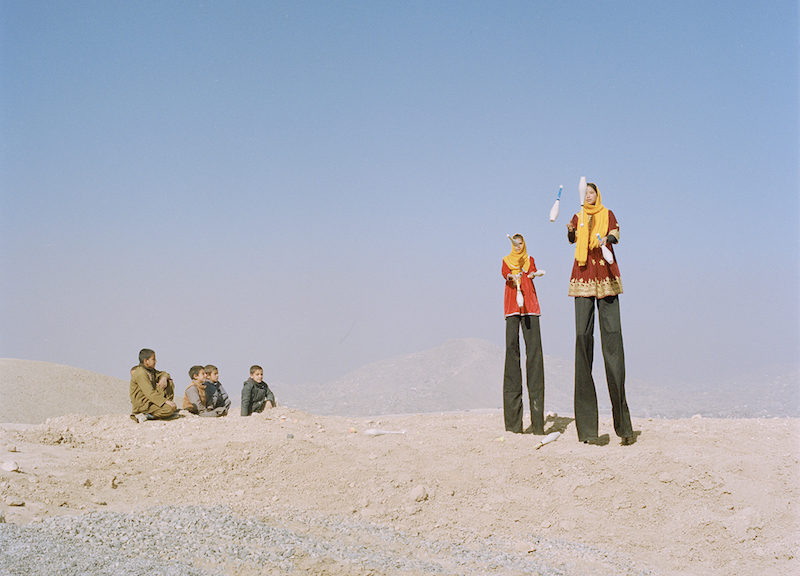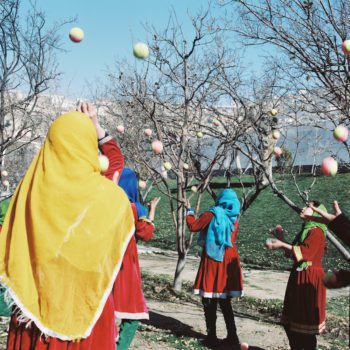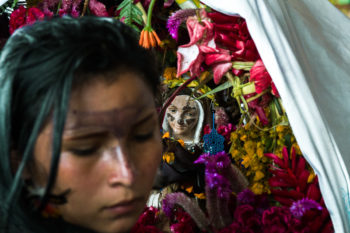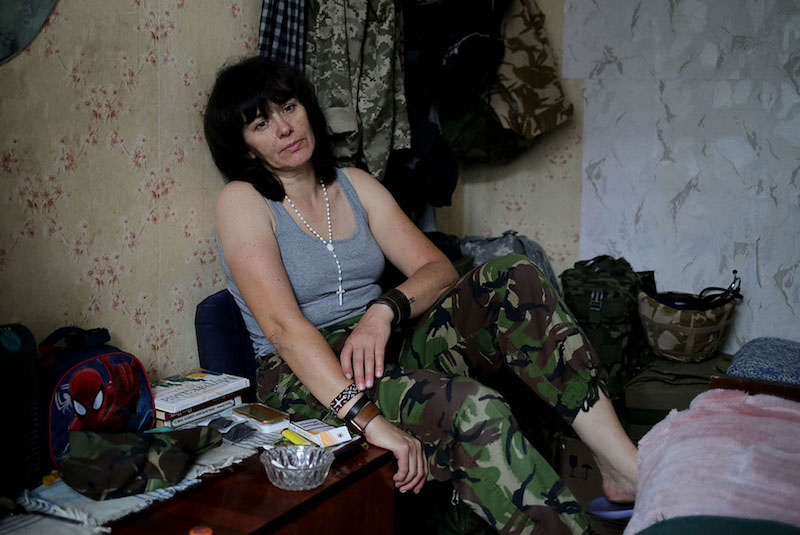Emily Kinni (USA): The Bus Stop
Inge Morath Award Finalist, 2018
[juicebox gallery_id=”29″]
Essay will play automatically, hover over image for additional options
Huntsville, Texas is a prison town with 11 different prison units of varying degrees of security. The industry is one of the most prominent in the town both geographically and economically. The Walls Unit is the oldest prison in the state,which includes the currently active execution chamber. The Walls unit (the biggest unit in Huntsville) also serves as a regional release center for the state meaning many men are bussed in from other parts of Texas to be released.
On average there are 100 to 150 releases a day Monday through Friday. If the individual doesn’t have a family member picking them up they walk a block away to a designated Greyhound bus station and wait for their ride out of town. They can be easily identified in the town because they are wearing church donated clothes, often reffered to as “clown clothes” and have their belongings typically in red onion bags.
I have been going to this bus stop and photographing men interested in sharing their stories with me. I take their portrait on film, and then two polaroids, one for me and one for them to take with them making it more of an exchange. I was the most curious about this particular couple of hours while they wait for their bus to come to take them to the next phase of their lives. In particular, I wanted to begin to photographically explore the liminality of these few hours, and to question their sense of identity, and the meaning of freedom especially with a high recidivism state rate.







